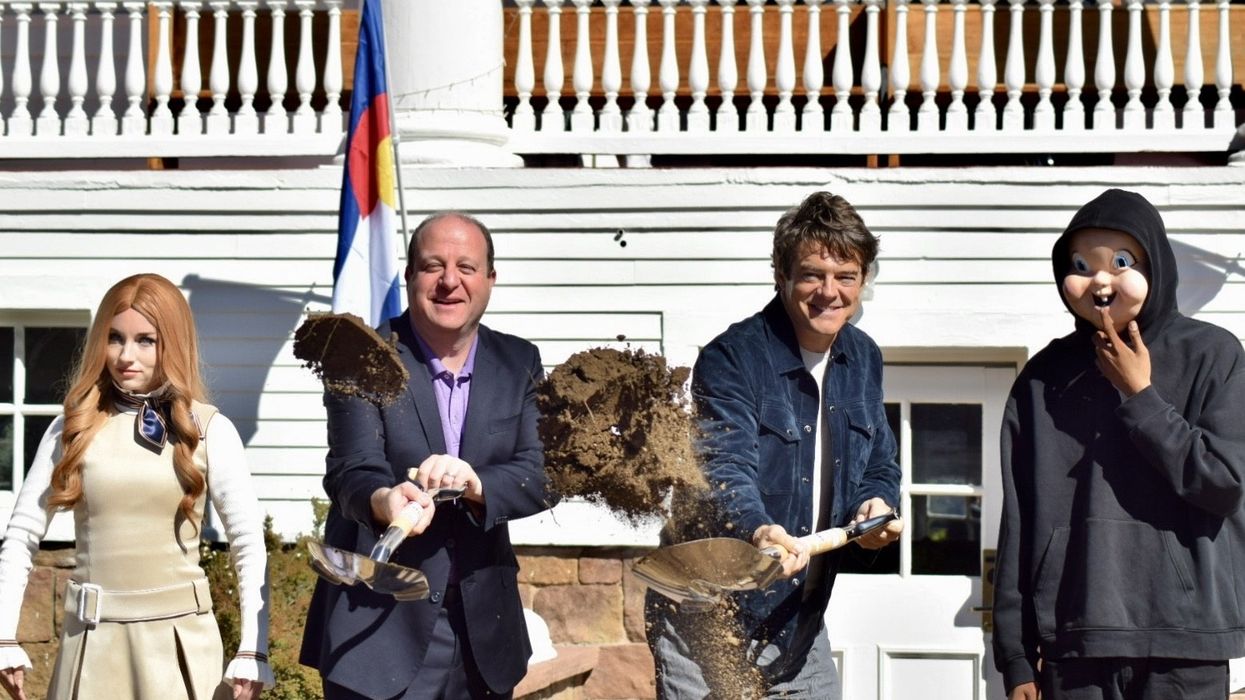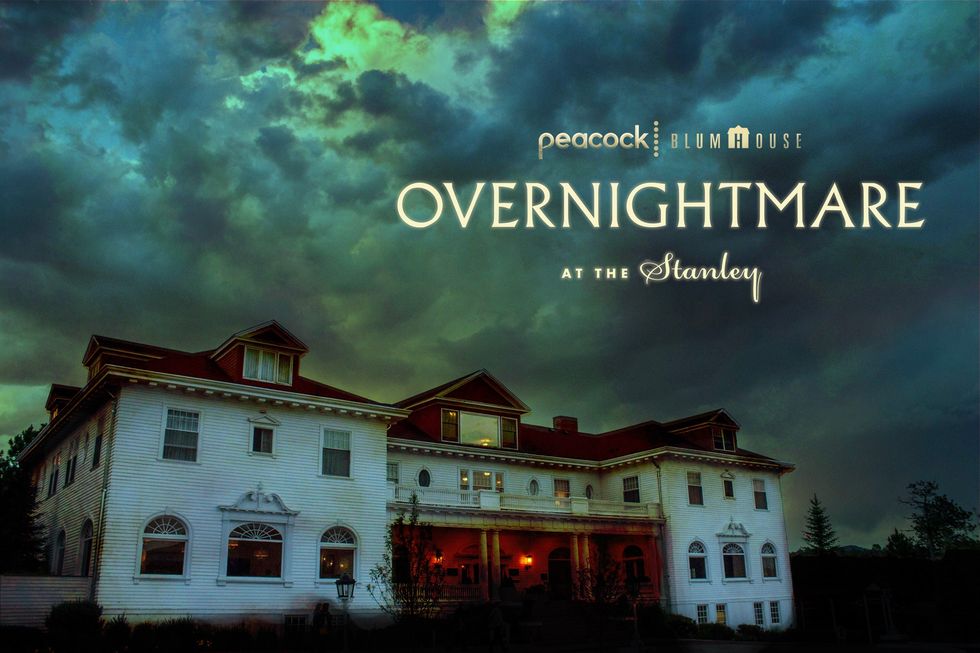The American Alliance of Museums (AAM) has revealed the four biggest trends that the Center for the Future of Museums is tracking ahead of the publication of its industry-leading journal feature TrendsWatch.
Elizabeth Merritt, VP, strategic foresight & founding director of the Center for the Future of Museums says: "In 2023, we, as individuals and organizations, are faced with choices that will determine what the post-pandemic future will look like. Will we try to rebuild a version of 2019, in so far as we are able, or will we use disruption as an opportunity for change?"
"The forthcoming edition of AAM’s forecasting report, TrendsWatch: Building the Post-pandemic World, explores four critical issues that present museums with the opportunity to help create a better, more equitable, and more resilient future."
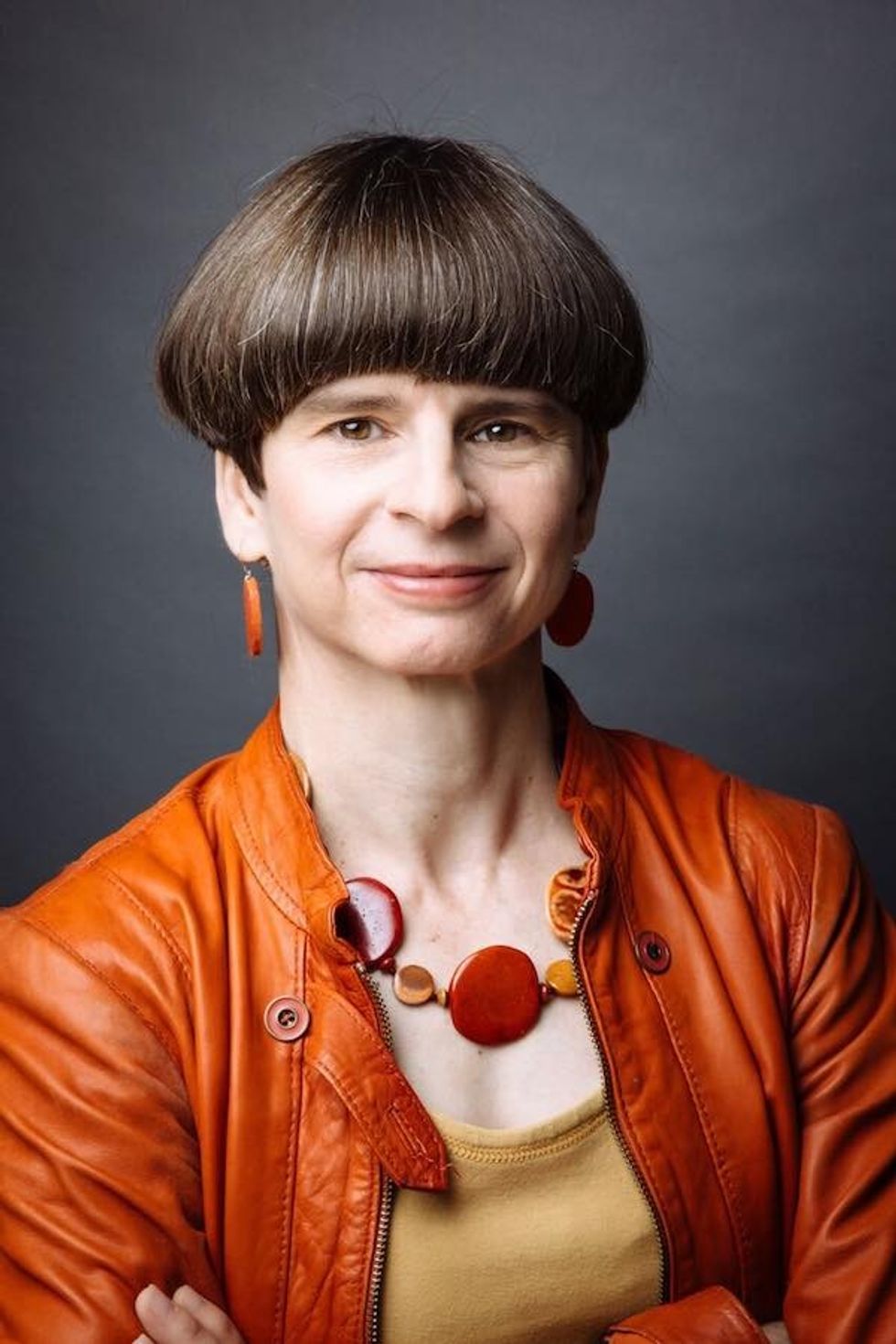
TrendsWatch will be published in the January/February issue of AAM member magazine Museum, meaning theforecast will be read by more than 23,000 professionals, and guiding them as they encounter critical issues facing museums and society. The report will also be made available as a PDF later this year.
Ahead of the publication, the AAM has shared a preview of the four major TrendsWatch topics this year:
The Future Workplace
People are starting to wonder why work is often given more importance than family, friends, and health, whilst society is coming to terms with the idea that many crucial frontline roles will go vacant in the absence of increased pay and better working conditions.
In the upcoming year, society and the museum industry will continue this discussion by looking at how employers and employees may cooperate to develop fair and sustainable workplaces.
Merritt says some of the things she will track in relation to this include museums committed to paying a living wage, capping salary ratios, and creating pathways for advancement for staff at all levels of the organisational chart, alongside unionization, research on healthy work cultures, and legislation regarding work conditions.
Digital (R)evolution
With NFTs and digital currencies being buzzwords that became increasingly prominent during the pandemic, the apparent crypto financial crisis doesn’t necessarily presage the end of cryptocurrencies or crypto collectables. Merritt considers whether (and how) museums might engage with NFTs, alongside the bigger issue of ensuring that more fundamental digital trends receive the attention they deserve from museums.
Merritt, who has previously appeared in the blooloop 50 for her contribution to the sector, has several questions: "Will the public maintain their appetite for digital engagement as the world reopens, or will there be a place-based backlash to three years of extreme screen time? How are museums deciding whether to increase their investments in digital programs and services and virtual experiences, or to cut back?, and How does that decision, in turn, change staffing and budgeting?"
The Partisan Divide
The American Library Association first denounced attempts to regulate the books and information that libraries can offer in 2021, and this year they published a statement denouncing acts of violence and threats of violence against library staff and users.
However, as a result of legislation that restricts DEAI training and the pressure to censor displays and activities that favour the LGBTQ+ community, museums are starting to become involved in a new round of culture wars between organisations and people.
"In the coming year, I’ll be watching for instances (hopefully rare) of museums targeted by censorship, punitive defunding, protests, or violent acts," says Merritt. "I also will collect and share stories of museums fostering civil civic participation, combatting divisive rhetoric, and creating politically inclusive communities and workplaces."
Repatriation, Restitution, and Reparations
The way in which the public, governments, and museums deal with the disposition of collections that have been obtained in potentially legally, or morally, questionable methods has risen in profile in recent years, not just in the US, but also noticeably in the UK and around the world.
"I’m particularly interested in how society, including museums, begins to go beyond repatriation to address restitution and reparations, taking actions to make amends for the damage inflicted on individuals and cultures. As always, TrendsWatch will be a starting point for these explorations."
The AAM recently confirmed Early Bird pricing for its Annual Meeting and MuseumExpo, to be held in Denver this May.
Charlotte Coates is blooloop's editor. She is from Brighton, UK and previously worked as a librarian. She has a strong interest in arts, culture and information and graduated from the University of Sussex with a degree in English Literature. Charlotte can usually be found either with her head in a book or planning her next travel adventure.
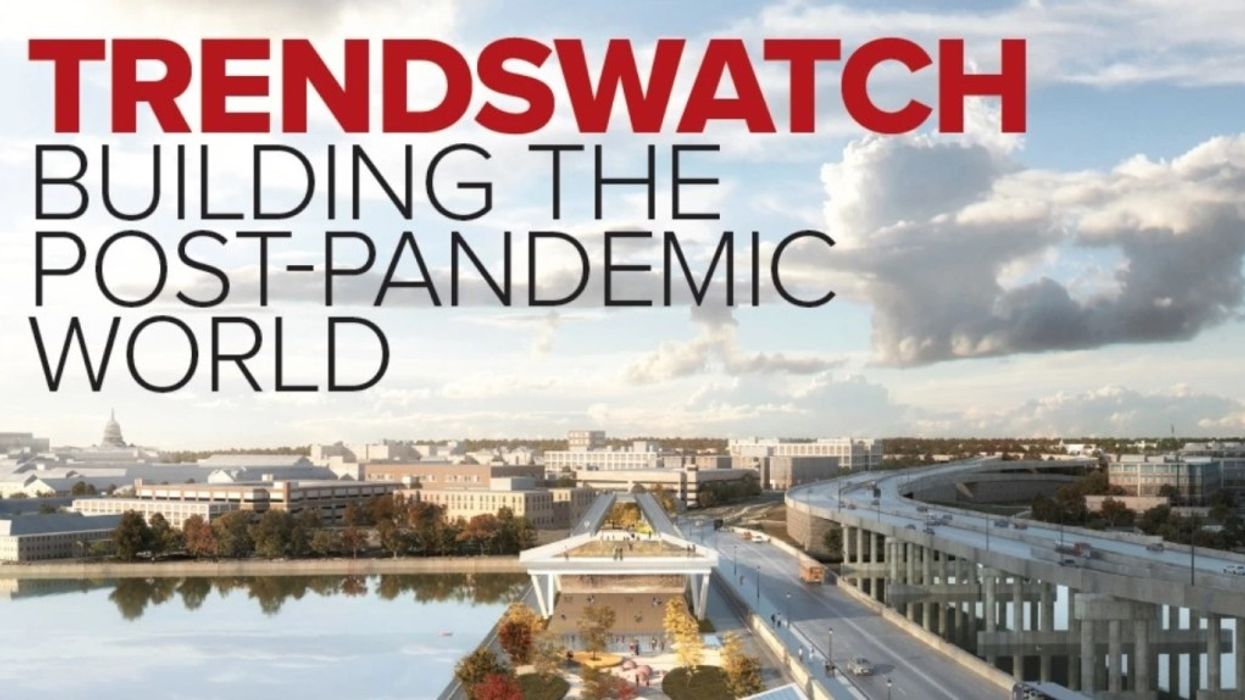

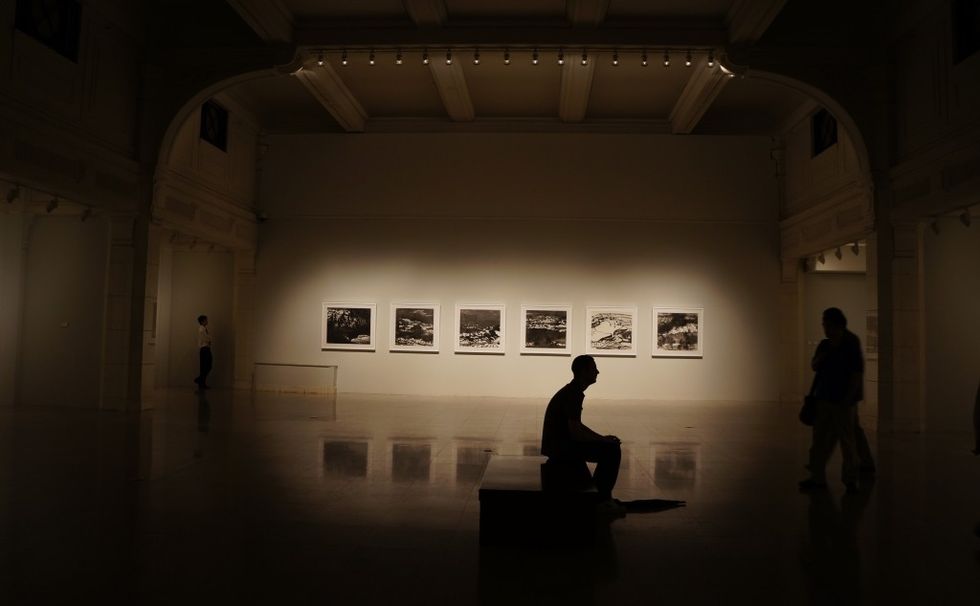


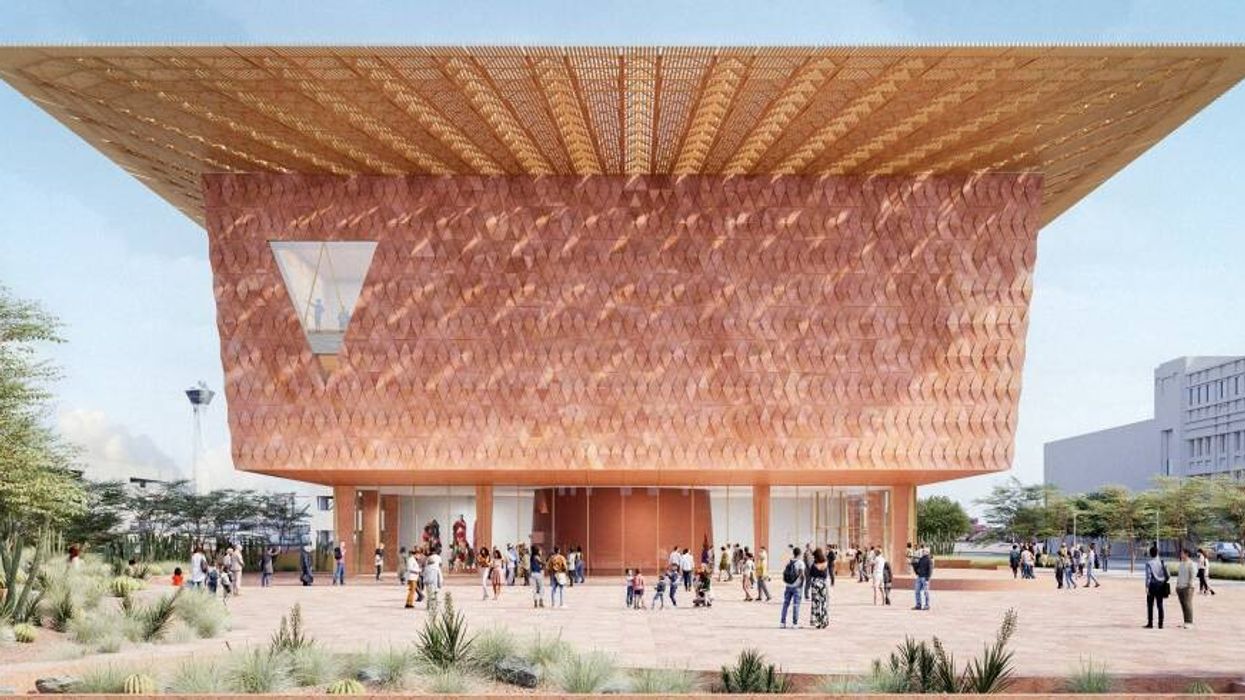

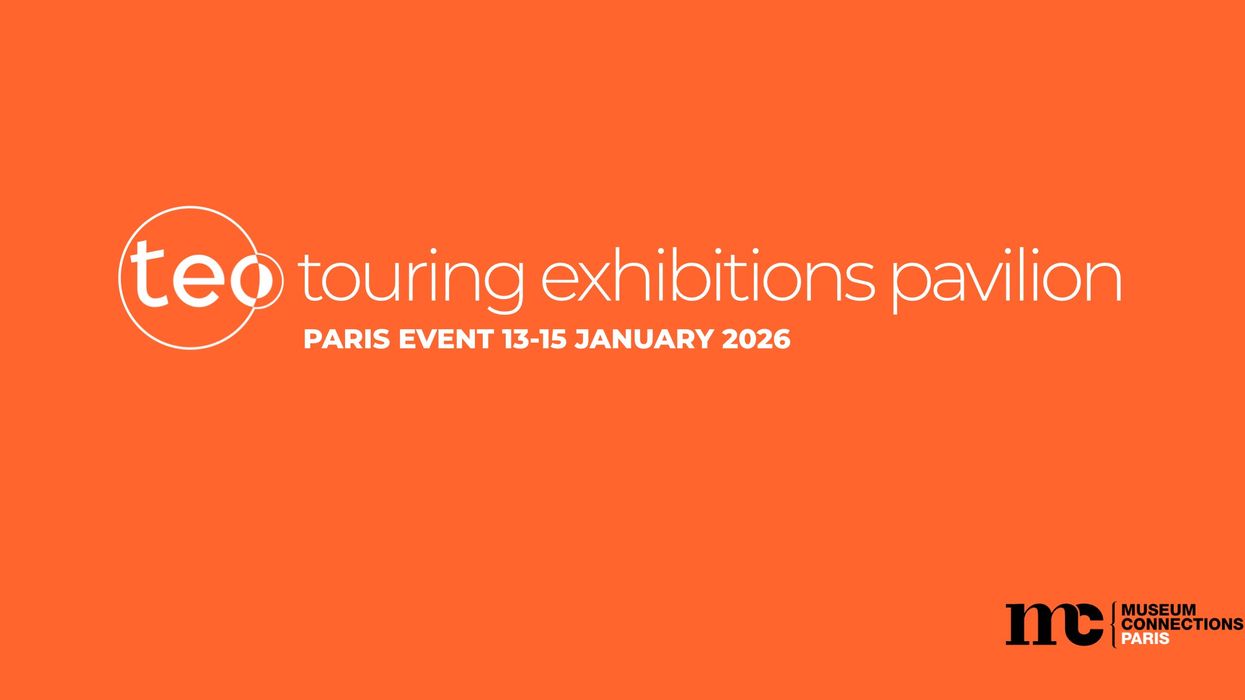
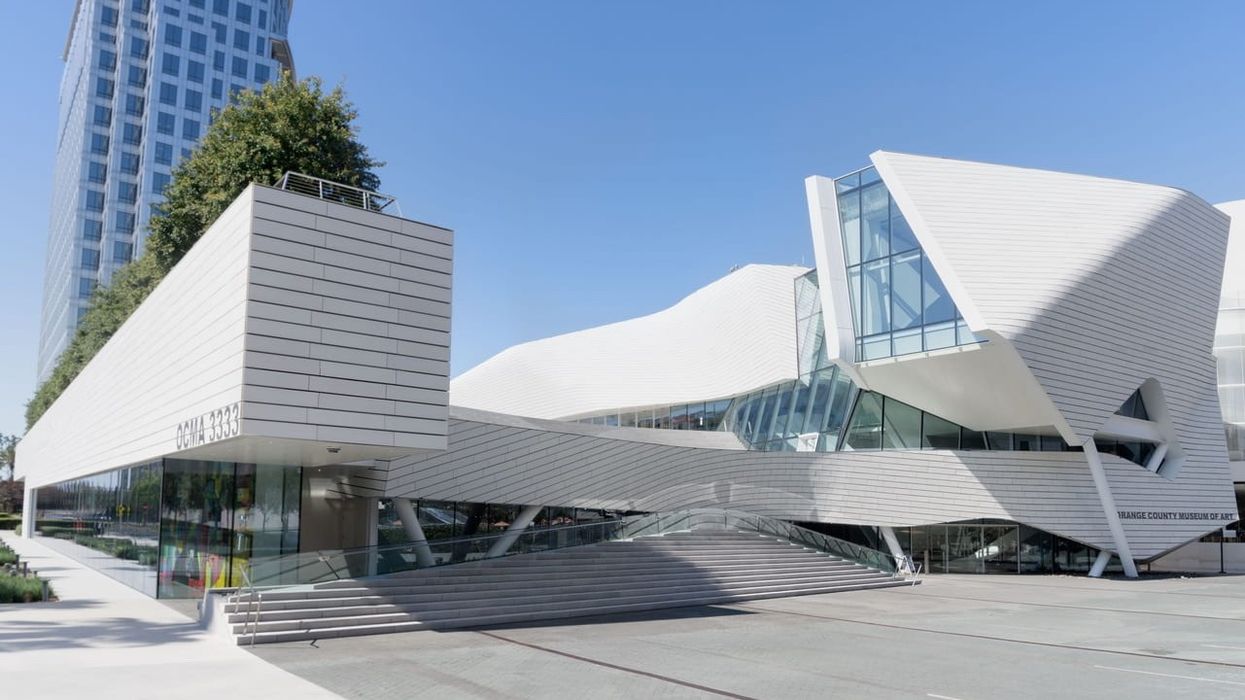








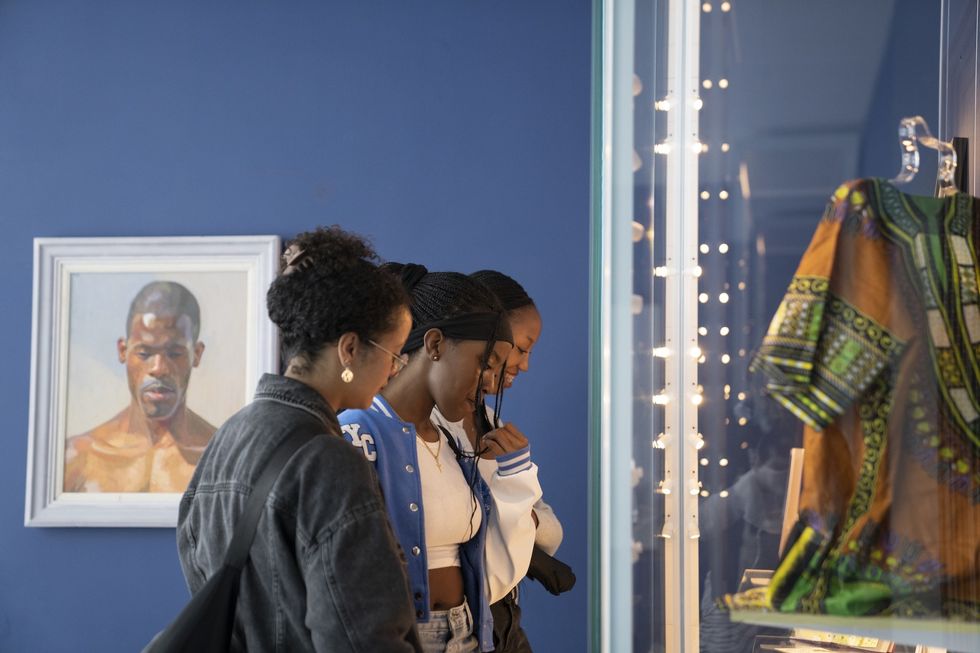
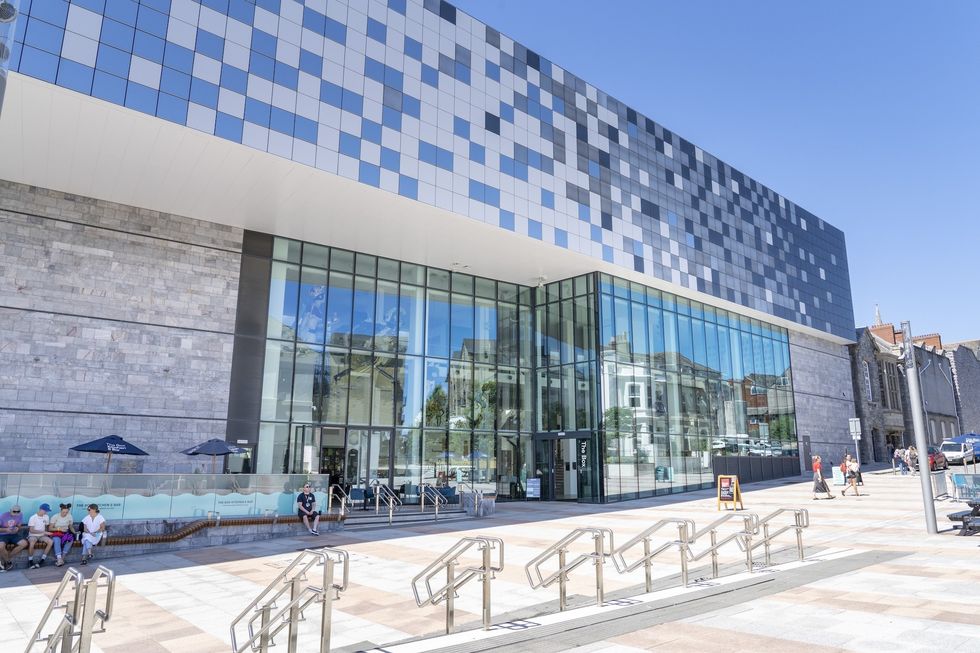

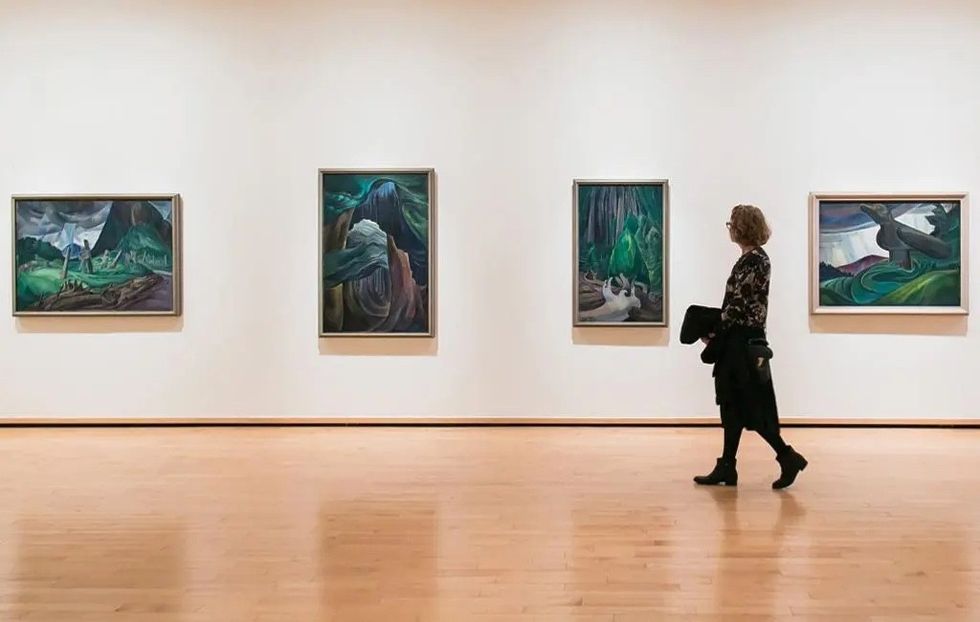
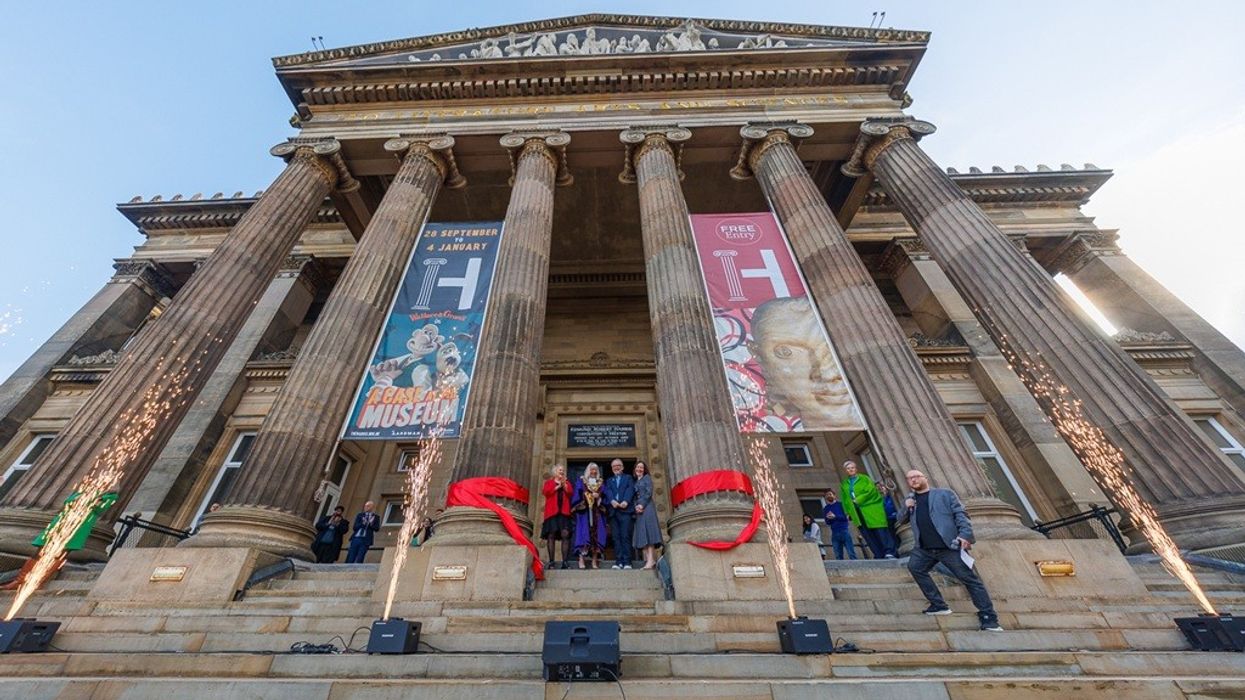
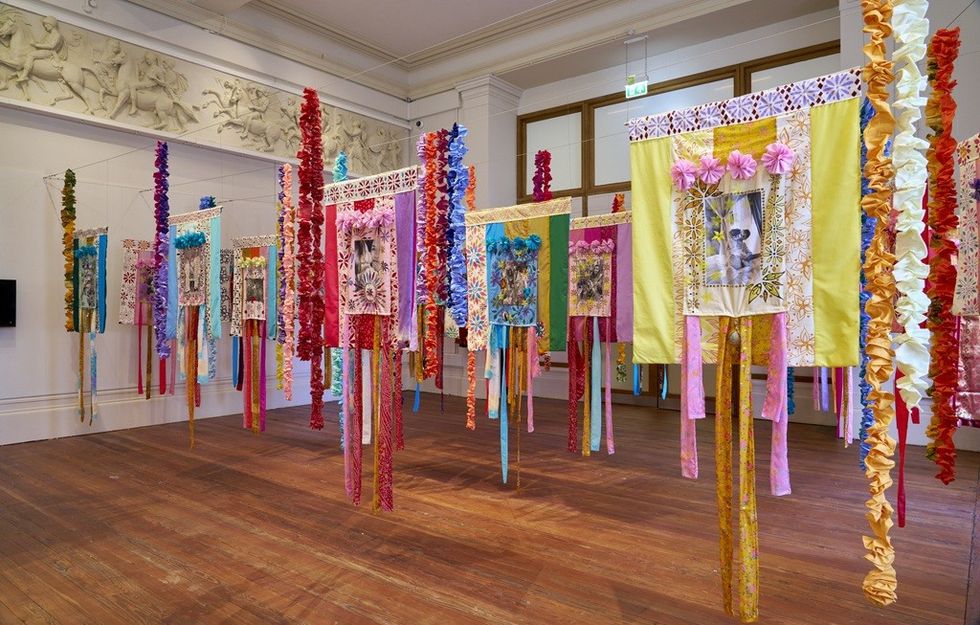 Courtesy Simon Critchley Photography
Courtesy Simon Critchley Photography Courtesy Michael Porter Photography
Courtesy Michael Porter Photography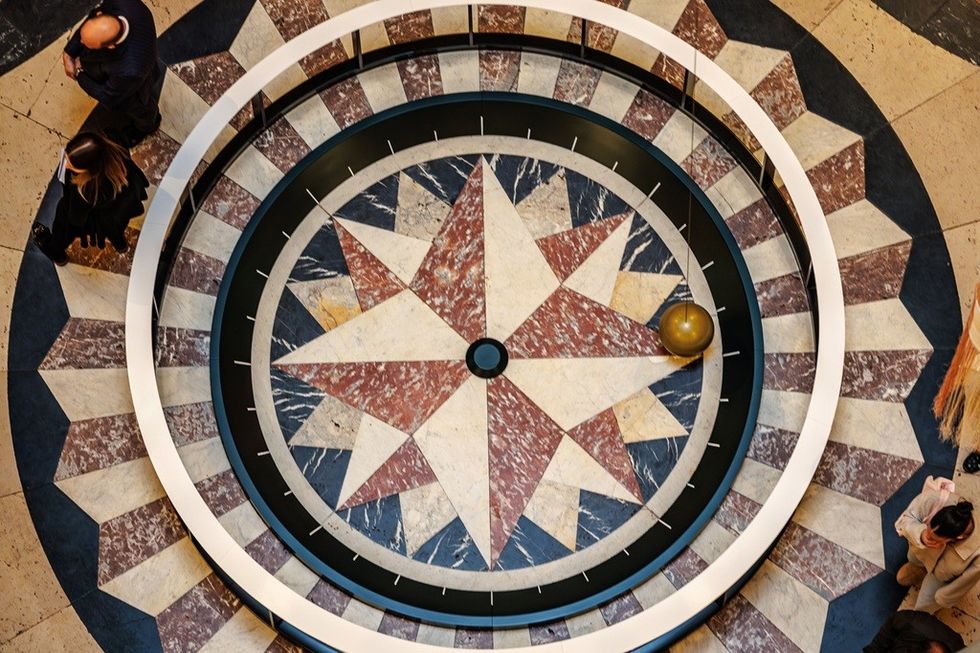 Courtesy Michael Porter Photography
Courtesy Michael Porter Photography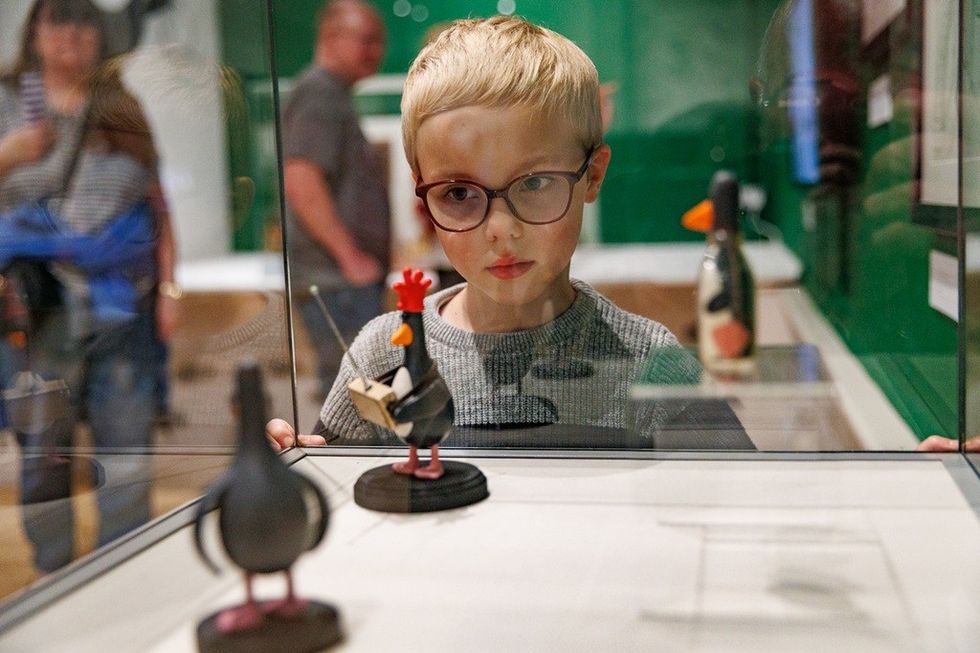 Courtesy Michael Porter Photography
Courtesy Michael Porter Photography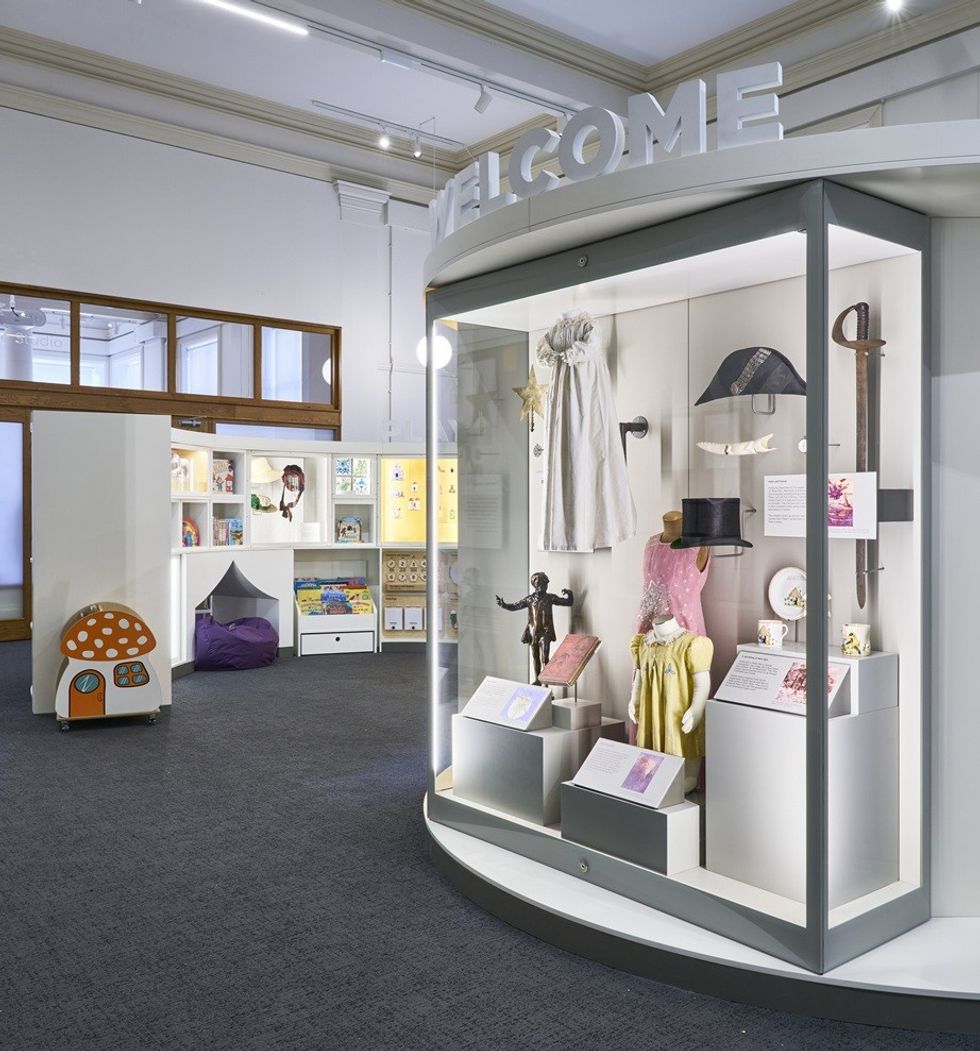 Courtesy Simon Critchley Photography
Courtesy Simon Critchley Photography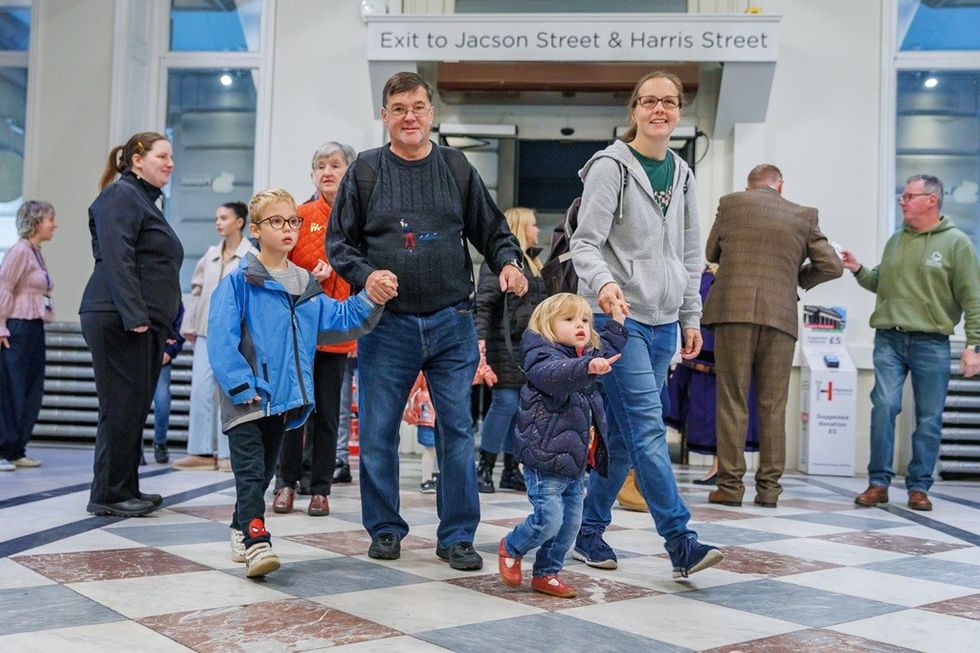 Courtesy Michael Porter Photography
Courtesy Michael Porter Photography